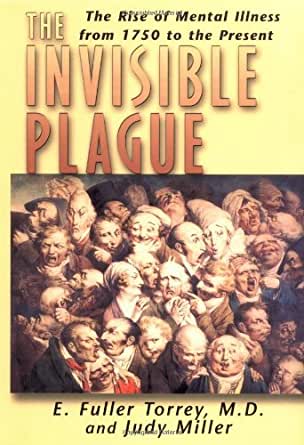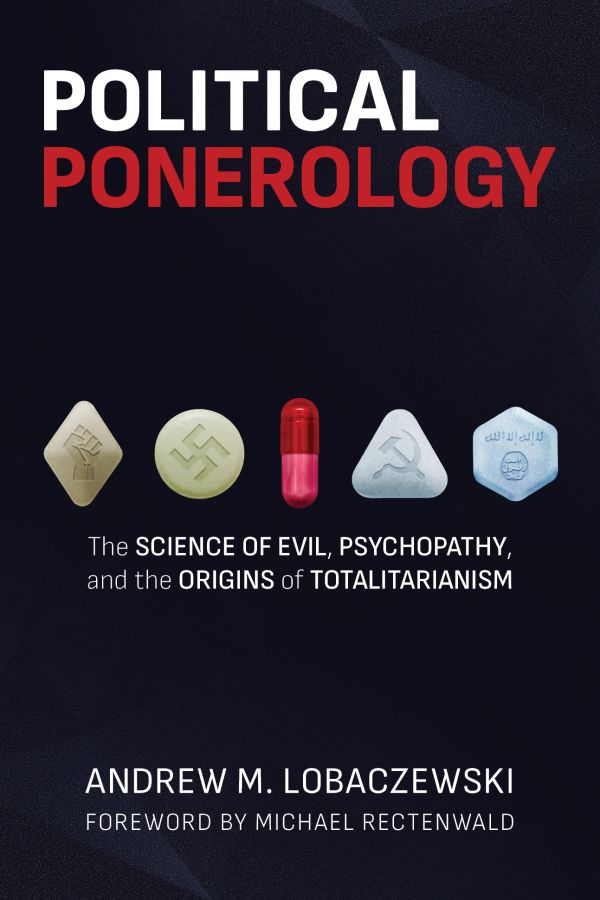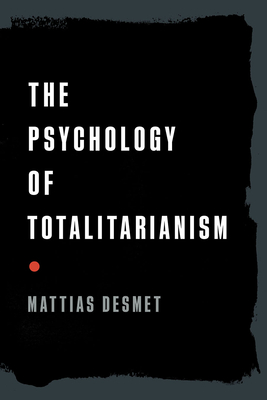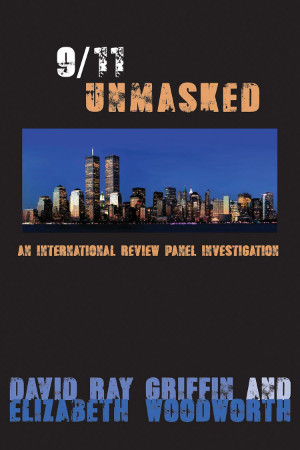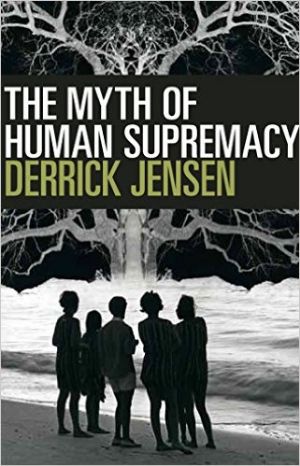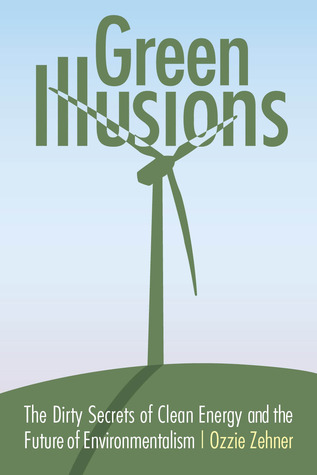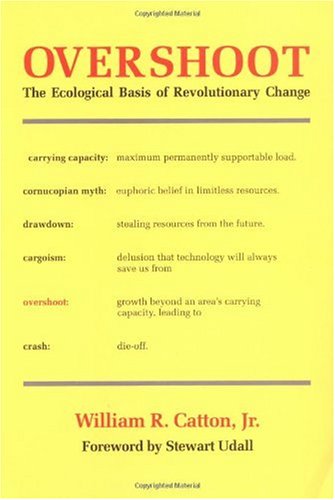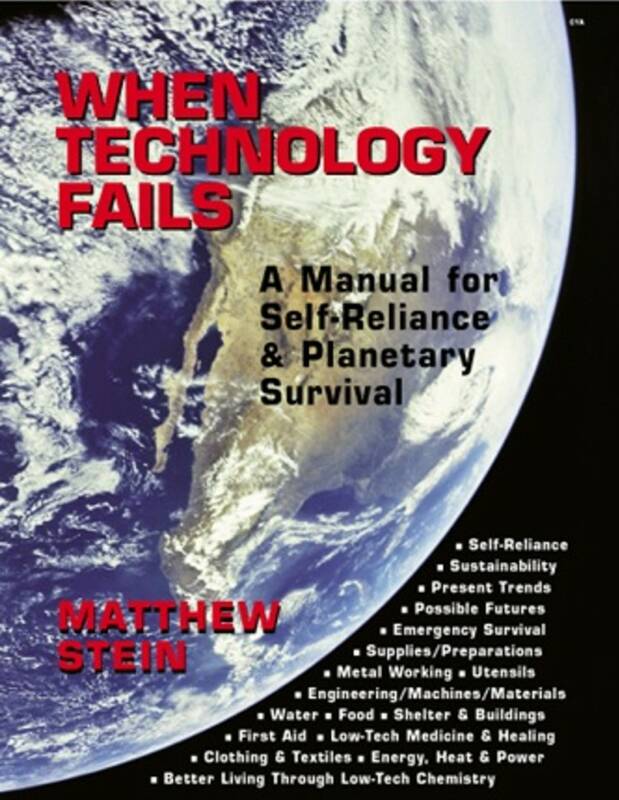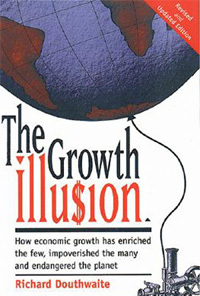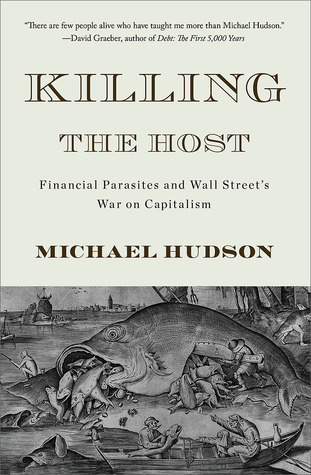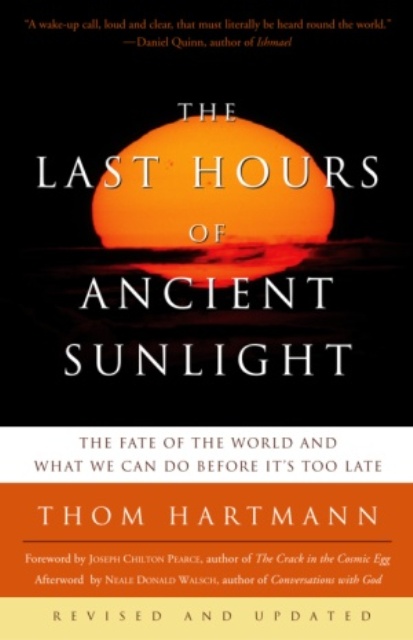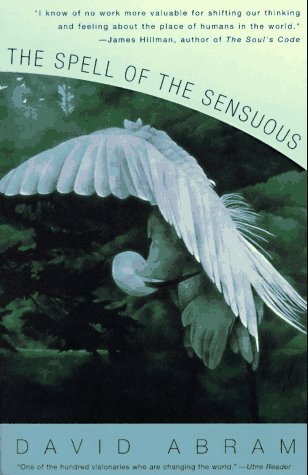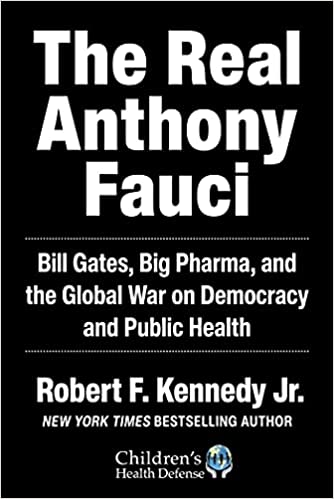Are we living in an insanity epidemic? Yes indeed, we certainly are, according to The Invisible Plague by Dr. Edwin Fuller Torrey and Judy Miller. This book provides an illuminating history of insanity, focusing on the last three centuries in the United Kingdom, Ireland, Canada, and the United States. “Insanity” here refers to two conditions, schizophrenia, and bipolar disorder (manic-depressive). Today, “psychosis” is the proper term for describing insanity and lunacy, but the authors preferred to use history’s word, insanity.
The objective of this book was to convince us that an epidemic of insanity has been growing in Western society, based on a small mountain of circumstantial evidence. Insanity seems to be one of the many unintended consequences of the Industrial Revolution. In the four regions studied, the last 300 years have been an era of turbulent change on a colossal scale.
By the end of the nineteenth century, the British Empire had spread to every corner of the world. The news coming back from frontier outposts consistently reported that insanity was rare or unknown in “primitive” societies, where folks enjoyed a far slower way of life. Long-term stability was the opposite of crazy.
In Britain, a number of observers in the eighteenth and nineteenth centuries were well aware of a growing insanity epidemic, and some actually linked it to civilization — it was simply an acceptable cost for the wonders of progress, wealth, and luxury. Living in such amazing times over-excited the minds of those who were mentally fragile, and this was simply unavoidable. Some even saw rising insanity as a badge of honor, indisputable proof that civilization was thriving. Lunatic asylums were booming, praise the Lord!
By the end of the story, the authors concluded that insanity was growing at a much faster rate than the population. In the 200 years between 1750 and 1950, the rate of insanity increased 700 percent, and even more in the US and Ireland. There is an invisible plague all around us! What can we do?
A specific cause for the insanity epidemic has not been discovered, but contributing factors might be associated with diet, alcohol, toxins, medical care, and/or infectious agents. It’s more common in men and immigrants, especially when the immigrants are a small minority in the community. There is a clear association with the rise of industrialization and urbanization.
In the British Medical Journal, Marco Picchioni reported that schizophrenia “is more frequent in people born in cities — the larger the city, and the longer the person has lived there, the greater the risk.”
An observer in 1877 commented that the rate of insanity was growing so quickly that it was only a matter of time before the majority of people were insane. Hmmm… Are we there yet, Mommy?
And now, I’d like to introduce you to Jack D. Forbes (1934-2011), the Native American writer, scholar, and activist who wrote Columbus and Other Cannibals. Forbes also warned us of an epidemic of insanity, which he called wétiko psychosis, the cannibal disease. It’s a spiritual illness, or soul disease, that causes people to become predators, and to relentlessly consume the lives of others.
When the white invaders washed up on the shores, the Native Americans were astonished by their bizarre behavior. They were unbelievably destructive whirlwinds who tirelessly raped women, rivers, forests, animals, peoples, and lands. “An Indian who was as bad as the white men could not live in our nation; he would be put to death,” said Black Hawk. “I had not discovered one good trait in the character of the Americans that had come to the country!” Sadly, no one could disagree with him.
Forbes came to understand that the wétiko psychosis began thousands of years ago, around the Fertile Crescent and Egypt. Later, it also emerged in Mexico and Peru. This soul sickness was extremely contagious. It could be seen almost everywhere today, and it continually spreads from generation to generation. He says, “We are made to be crazy by other people who are also crazy and who draw for us a map of the world which is ugly, negative, fearful, and crazy.”
Wétiko was the essence of European culture, a nightmare world of bloodthirsty vampires and werewolves. European heroes tended to be warriors, emperors, and a wide variety of assorted thugs, hustlers, and psychopaths. Their “religion” was something isolated from everyday life, practiced indoors, away from the perfection of Creation. Their God was indifferent to every form of barbarism, and often encouraged it. No cannibal experienced the world as being a sacred place. While they raced to consume others, they were also eating themselves up at the same time! They had no spiritual connection to life.
The wétiko disease encouraged reckless living and overpopulation, and it flourished amidst consumer hordes. Most often, males were possessed by the worst forms of the disease — they became monsters. Obviously, a world dominated by men was not a place of health and balance. But women were not immune. The wétiko culture taught everyone to hunger for extravagance and excess, constantly cannibalizing other lands and other lives. We could never have enough. We could never find peace.
Is it possible to eliminate the cannibal disease? Yes. Will it be easy? No. We need to create a just and healthy society, and insane people cannot do this. Healing must come first — spiritual regeneration. We must redefine reality. The goal is to “live a life that is worthwhile, one that is filled with precise acts, beautiful acts, meaningful acts… the path that only a wisdom-seeker can travel.”
Material things have no significance. “It is rather the quality of our acts, of our struggle, of our motives, of our love, of our perseverance which are truly significant.” “The Creator has given all of us good paths to follow, based upon good speech, love, and sacred songs.”
We must remember profound respect for all life, the ways of our ancestors. We must remember how to accept responsibility for the decisions we make, and the acts we perform. We must remember how to live like human beings. We must return to the red road, the path of balance.
Forbes generously provided readers with two chapters of guidance for the healing process. Healing is the most important challenge for the generations now alive — and the generations yet-to-be-born.
Torrey, Edwin Fuller, M.D. and Miller, Judy, The Invisible Plague — The Rise of Mental Illness from 1750 to the Present, Rutgers University Press, New Brunswick, New Jersey, 2002.
Picchioni, Marco M. and Murray, Robin M., “Schizophrenia,” British Medical Journal, 2007 July 14; 335(7610): 91–95.
Forbes, Jack D., Columbus and other Cannibals, Seven Stories Press, New York, 2008 (much better than the 1992 edition).
Author
 Richard Reese lives in Eugene, Oregon. He is the author of What Is Sustainable, Sustainable or Bust, and Understanding Sustainability. His primary interest is ecological sustainability, and helping others learn about it. His blog wildancestors.blogspot.com includes free access to reviews of more than 160 sustainability-related books, plus a few dozen rants. The blog is searchable by author, title, or topic.
Richard Reese lives in Eugene, Oregon. He is the author of What Is Sustainable, Sustainable or Bust, and Understanding Sustainability. His primary interest is ecological sustainability, and helping others learn about it. His blog wildancestors.blogspot.com includes free access to reviews of more than 160 sustainability-related books, plus a few dozen rants. The blog is searchable by author, title, or topic.


